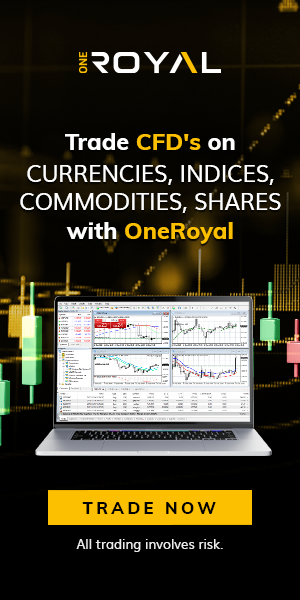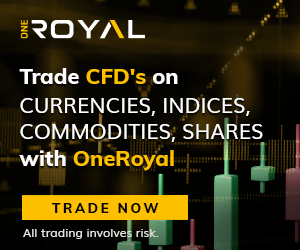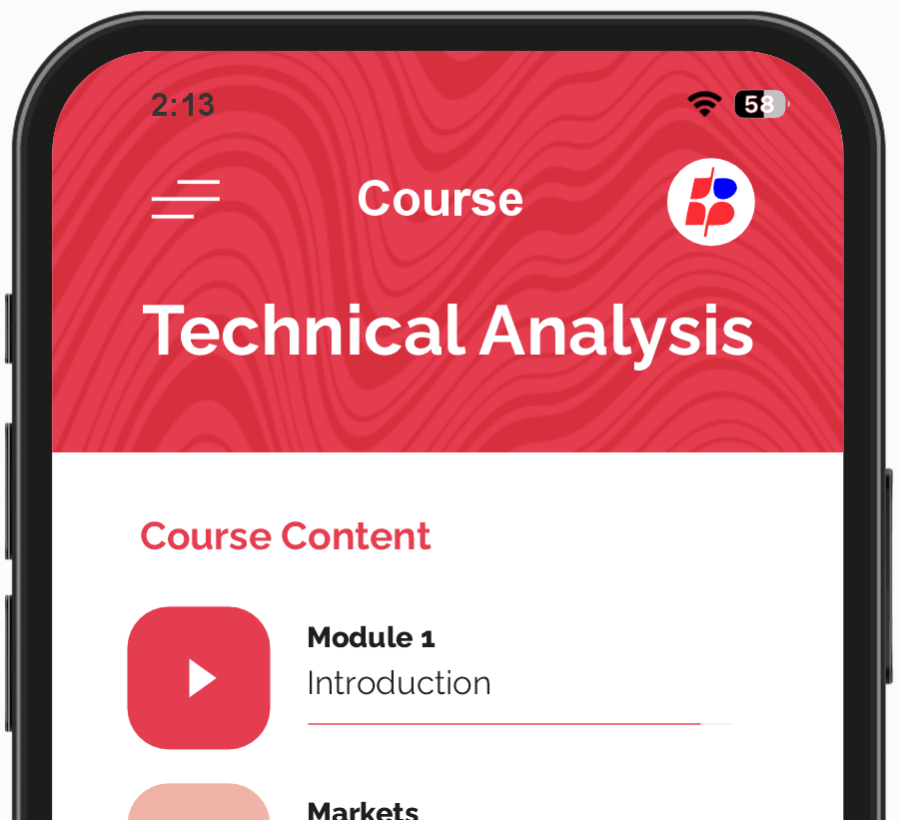The term “spot trading” refers to the immediate purchase or sale of a foreign currency, financial instrument or commodity at the current market price. This means traders can buy and sell the currency pair at the current market rate known as the “spot price”. To find a good spot trading opportunity, it is important that traders follow news diligently, including economic events, and keep an eye on certain target price levels using technical and fundamental analysis.
Grasping the concept of spot trading
As previously mentioned, a spot trade is a financial transaction that involves commodities, foreign currencies, or financial instruments. This type of trade is also known as a spot transaction. Such transactions can occur on an exchange or through over-the-counter (OTC) methods. For example, commodities are frequently traded on exchanges, while currencies are typically traded OTC.
Foreign exchange spot contracts represent the most prevalent form of spot trades. They generally specify delivery within two business days, whereas most other financial instruments settle the next business day. The global market for spot foreign exchange operates electronically, making it the largest market in the world, with over $7.55 trillion exchanged daily. Consequently, its scale far surpasses that of both the interest rate and commodity markets.
The current value of spot trading in a financial instrument is referred to as the spot price. This is the price at which an instrument can be bought or sold without delay. Buyers and sellers influence the spot price by submitting their buy and sell orders. In liquid markets, the spot price can fluctuate every second as existing orders are executed and new ones enter the market.




